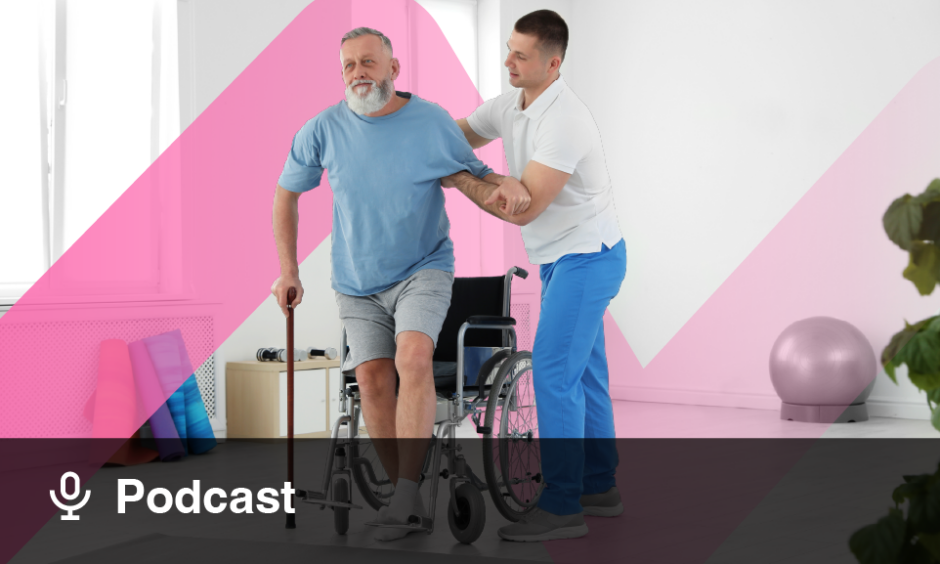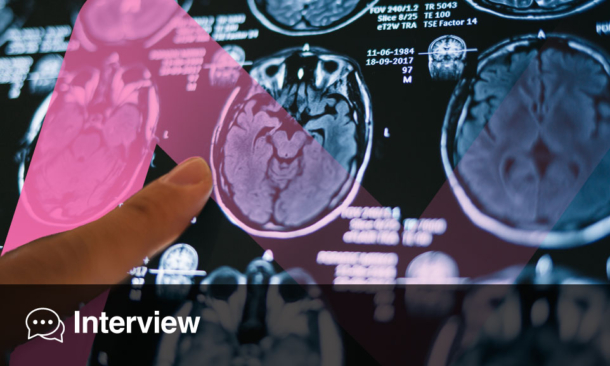PATIENTS with aphasia caused by stroke or traumatic brain injury experienced the greatest improvements in language recovery when transcranial direct current stimulation (tDCS) was combined with speech-language therapy (SLT). This is according to a multicenter randomized trial.
The study enrolled 90 individuals with stroke- or TBI-related aphasia, who were randomly assigned to receive tDCS alone, SLT alone, or a combination of both. Treatment was delivered over a 5-month period. For patients in the tDCS arms, stimulation was applied at 1–1.5 mA for 30 to 40 minutes per session, targeting the left dorsolateral and right prefrontal cortex.
Language performance was measured using the Frenchay Aphasia Screening Test (FAST), Aphasia Evaluation Scale (SODA), and Token Test (TT). All groups showed significant gains in language function, yet the combined therapy group achieved the largest improvements. Specifically, patients receiving both tDCS and SLT demonstrated a 32.6% increase in FAST scores, compared with 24.3% in the tDCS-only group and 17.8% in the SLT-only group.
Statistical analysis confirmed that tDCS alone provided greater benefits than SLT alone, but the combination of both interventions delivered the most pronounced improvements in verbal expression, comprehension, reading, and writing. Beyond test scores, patients in the combined group reported enhanced daily communication ability and greater confidence in verbal expression.
The findings highlight the potential clinical advantage of integrating tDCS into structured speech-language rehabilitation programs for individuals with aphasia. Researchers concluded that this combined approach produced superior gains across all measured parameters compared with either treatment alone, underscoring the value of a multimodal strategy in restoring language function.
Reference: Twardochleb Z et al. tDCS and Speech Therapy in Aphasia Treatment: A Multicenter Comparative Study of Efficacy. Med Sci Monit. 2025;31:e950237.







